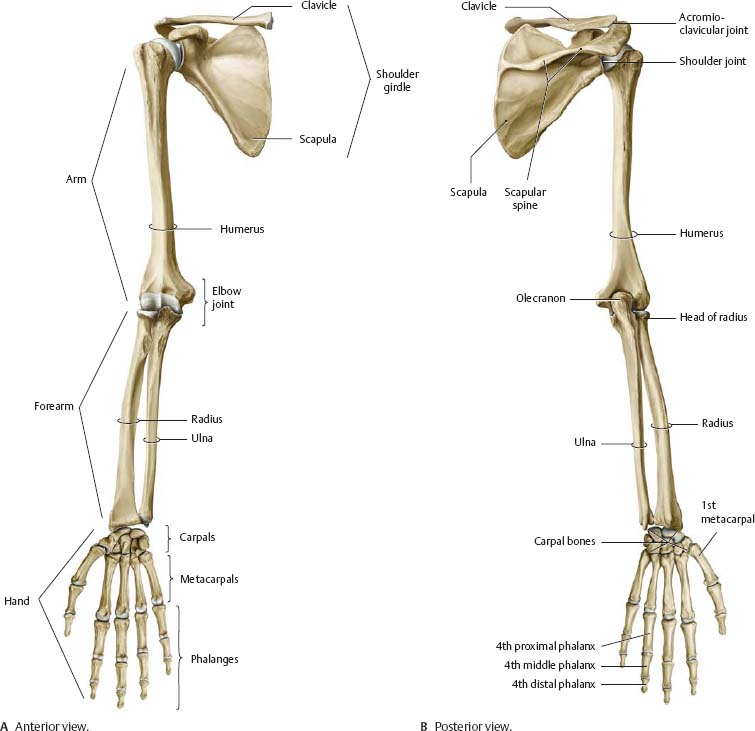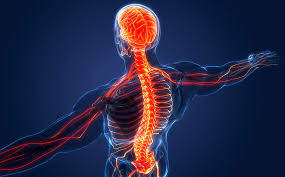GDA Nursing Class Note 8
Upper Extremity (Upper Limbs):
- Radius: The radius is one of the two bones in the forearm, located on the thumb side (lateral side) of the forearm. It runs from the elbow joint to the wrist joint and is responsible for rotating the forearm, allowing the hand to be turned palm up (supination) or palm down (pronation).
- Ulna: The ulna is the other bone in the forearm, situated on the little finger side (medial side) of the forearm. It also extends from the elbow to the wrist and is essential for forearm stability and forming the elbow joint.
- Carpals: The carpals are a group of eight small bones that form the wrist joint. They are arranged in two rows of four bones each. The carpals allow for a wide range of wrist movements, facilitating actions like flexion, extension, and lateral movement.
- Metacarpals: The metacarpals are five long bones that make up the palm of the hand. Each metacarpal connects to one of the five fingers. They provide structural support to the hand and contribute to its shape.
- Phalanges: The phalanges are the bones of the fingers. Each finger has three phalanges, except for the thumb, which has two. The phalanges are categorized into proximal, middle, and distal phalanges. They allow for gripping, grasping, and fine motor movements.

Lower Extremity(Lower limbs):
- Femur: The femur is the longest and strongest bone in the human body. It is located in the thigh and connects the hip joint to the knee joint. The femur is crucial for weight-bearing and allows for movements such as walking, running, and jumping.
- Patella: The patella, commonly known as the kneecap, is a small, flat, triangular bone located in front of the knee joint. It acts as a protective covering for the knee joint and provides mechanical advantages to the quadriceps muscles by increasing leverage during leg extension.
- Tibia: The tibia, also known as the shinbone, is the larger of the two bones in the lower leg. It is located on the medial side (inner side) of the leg and plays a significant role in weight-bearing. The tibia articulates with the femur at the knee joint and with the talus bone of the foot at the ankle joint.
- Fibula: The fibula is the smaller of the two bones in the lower leg and is located on the lateral side (outer side) of the leg. Unlike the tibia, it does not bear much weight, but it provides support and stability to the leg. The fibula does not participate in the knee joint, but it does articulate with the tibia at the ankle joint.
- Tarsals: The tarsals are a group of seven bones that make up the posterior half of the foot. They form the ankle joint with the tibia and fibula and are crucial for weight-bearing and maintaining balance.
- Metatarsals: The metatarsals are five long bones that form the front part of the foot, connecting the tarsals to the phalanges. They are essential for the structure and function of the foot during walking and running.
- Phalanges: The phalanges are the bones of the toes. Each toe has three phalanges, except for the big toe, which has two. The phalanges allow for movements like gripping, pushing off while walking, and maintaining balance.

Functions of Skeleton:
- Support: The skeleton serves as the structural support for the body. It gives the body its shape and provides the framework to which muscles and other tissues can attach. The bones of the axial skeleton (skull, vertebral column, and ribcage) provide support to the body’s central axis, while the appendicular skeleton (bones of the limbs and their girdles) supports the limbs.
- Protection: The skeleton plays a vital role in protecting delicate organs and tissues. For example, the skull protects the brain, the ribcage shields the heart and lungs, and the vertebral column surrounds and protects the spinal cord.
- Movement: Bones act as levers, and joints serve as pivot points, allowing movement in conjunction with muscles. When muscles contract, they pull on bones, resulting in various movements, such as walking, running, and lifting.
- Blood Cell Production: Certain bones, particularly the long bones and the flat bones of the skull, pelvis, and sternum, contain bone marrow, where new blood cells are produced. This process is known as hematopoiesis and is essential for the body’s immune system and oxygen transport.
- Mineral Storage: Bones act as a reservoir for essential minerals, such as calcium and phosphorus. When the body needs these minerals for various physiological processes, like nerve transmission and muscle contraction, it can access them from the bones.
- Acid-Base Balance: The skeleton helps regulate the body’s acid-base balance by releasing or absorbing alkaline salts (such as calcium carbonate and calcium phosphate) into the bloodstream when needed.
Nerves:
- Definition: Nerves are specialized bundles of nerve fibers (axons) that transmit electrical signals, known as nerve impulses or action potentials, throughout the body.
- Components: A nerve consists of multiple nerve fibers, which are long, slender extensions of nerve cells (neurons). These fibers may be myelinated (covered in a fatty substance called myelin) or unmyelinated.
- Nervous System: Nerves are an integral part of the nervous system, which includes the central nervous system (CNS) – the brain and spinal cord, and the peripheral nervous system (PNS) – nerves outside the CNS.

Functions of Nerves:
- Communication: Nerves are the primary means of communication within the nervous system and between the nervous system and other parts of the body. They transmit electrical signals called nerve impulses or action potentials.
- Sensory Function: Sensory nerves, also known as afferent nerves, carry sensory information from various sensory organs and receptors (such as skin, eyes, ears, nose, and taste buds) to the brain and spinal cord. This sensory input allows us to perceive and respond to the environment.
- Coordination: Nerves facilitate coordination between different parts of the body. For example, the nervous system coordinates muscle contractions to produce smooth movements, such as walking, running, and manipulating objects.
- Memory and Learning: Nerves play a vital role in memory and learning processes. The connections between neurons (synapses) can strengthen or weaken based on experience and repetition, forming the basis of learning and memory formation.
- Emotional and Behavioral Regulation: Nerves in certain brain regions are involved in regulating emotions and behaviors. These circuits play a role in mood, motivation, and decision-making.
Capillaries:
Capillaries are small, thin-walled blood vessels that play a crucial role in the circulatory system.
Function: Capillaries facilitate the exchange of gases, nutrients, waste products, and other substances between the blood and surrounding tissues. This exchange occurs through the thin walls of capillaries, which allows for efficient diffusion of substances.

Lorem ipsum dolor sit amet, consectetur adipiscing elit. Ut elit tellus, luctus nec ullamcorper mattis, pulvinar dapibus leo.


